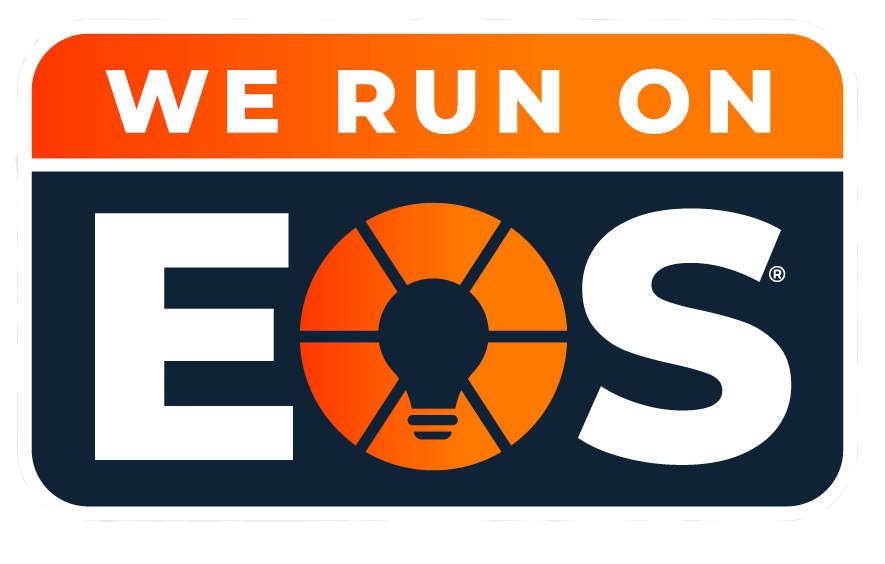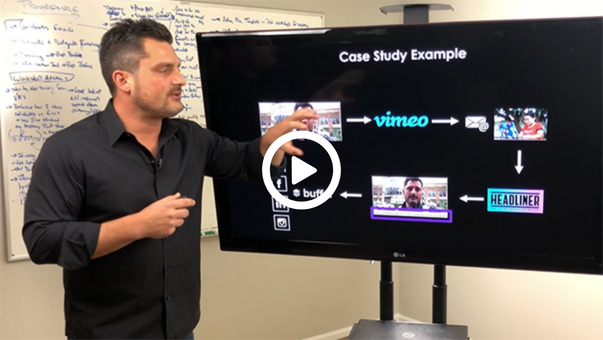Remember 20 years ago when just paying your credit card bill meant lining up at the bank, clutching a slip of paper and hoping you didn’t forget a pen? You’d wait… and wait… and maybe even take a half-day off just to move money from one account to another.
Fast forward a little—and yes, technology did come to the rescue. Online banking apps made things faster and more convenient. Suddenly you could transfer funds from your couch or deposit a check while still in your pajamas.
But it hasn’t been perfect.
You’ve probably had your fair share of “maintenance downtime” pop-ups when you needed to make a quick payment before the grocery line moved. Or the heart-stopping moment you realized you sent a large transfer to the wrong person—because you mistook an 8 for a 3 on your screen.
The truth is, while digital tools have come a long way, they can’t quite replace the confidence of knowing a real human has your back.
And that’s where a banking virtual assistant—a real, trained human professional working remotely—makes all the difference. They bring the best of both worlds: the efficiency and affordability of remote support, plus the judgment, care, and flexibility only a person can provide.
What Is a Banking Virtual Assistant, Really?
A banking virtual assistant is a remote team member who’s trained in banking operations, financial terminology, compliance requirements, and tools like CRMs, core banking systems, or risk platforms.
Unlike AI chatbots or scripted phone menus, these are real humans—often working from offshore locations—who provide operational, administrative, and customer support while blending seamlessly into your team.
They’re often equipped with AI-powered tools to be even more effective, but their real value lies in human judgment, communication, and adaptability.
Think of them as your behind-the-scenes MVPs—handling the work that keeps your bank running smoothly while your core team focuses on strategy, innovation, and relationship-building.
Why Banks and Financial Teams Are Turning to Virtual Assistants
What exactly are the key benefits that make turning to banking virtual assistants worth considering? Well, let’s break it down.
1. Better Customer Experience, Round-the-Clock
People want service now. A banking virtual assistant can respond to customer emails, follow up on loan applications, and even help troubleshoot account issues—without the long hold times or overloaded staff.
2. Leaner Operations
Hiring, training, and maintaining in-house teams gets expensive fast. Virtual assistants can handle repetitive but important tasks like KYC updates, reconciliation, or lead follow-up—at a fraction of the cost, and without compromising quality.
3. Flexible and Scalable
Busy season? New branch opening? Scaling up becomes so much easier when you’ve got trained virtual assistants you can plug into your workflow as needed.
And perhaps most importantly—you get time back. Your high-level staff can finally stop spending their day chasing down paperwork or resending statements.
Tasks a Banking Virtual Assistant Can Handle (So You Don’t Have To)
Not sure what tasks a banking VA can actually handle? Let’s walk through it. Here’s a quick look at the tasks they handle—and how they do it.
✅ Account and Transaction Support
They can monitor daily transactions, process wire transfers, initiate fund transfers, and generate end-of-day reconciliation reports. With the right secure access, they log into your system and act as an extra set of hands for your operations team.
✅ Loan & Mortgage Processing
Following up on loan applications, gathering supporting documents, cross-checking against compliance checklists, updating CRM records—this is the kind of back-office work VAs thrive on.
✅ Customer Service (Without the Wait Times)
Your banking virtual assistant can handle inbound customer queries via chat, email, or phone (depending on your setup). They can confirm account balances, provide transaction histories, and even reschedule appointments—all while using your scripts, tone, and systems.
✅ Compliance and KYC Support
From preparing KYC documents to tracking down missing IDs or signatures, virtual assistants can help your compliance officers stay audit-ready—without the paper-chase stress.
✅ Reports and Dashboards
Need a daily sales dashboard? A month-end branch performance summary? Virtual assistants can pull data, organize spreadsheets, and even create simple visual reports using tools like Excel, Power BI, or Google Sheets.
✅ CRM Management and Marketing Support
From updating lead info and tagging new opportunities to setting follow-up reminders, your VA keeps your CRM organized and humming.
Integrating a Banking Virtual Assistant into Your Workflow
The beauty of bringing in a VA is how easy it can be. You don’t need to overhaul your systems—just bring them into what you’re already doing.
Here’s what usually works best:
- Onboarding with sandbox access: Let them get familiar with your banking tools in a secure environment.
- Clear SOPs and walkthroughs: Virtual assistants love clarity. Show them once, and they’ll run with it.
- Secure login and VPN: With strict data privacy protocols, your assistant can log in from anywhere with full compliance.
- Daily or weekly standups: Stay aligned, track progress, and keep communication flowing.
Once you’ve got a rhythm, most teams say it’s like they’ve always been part of the company.
Let’s Wrap This Up
You don’t need to be a big Fortune 500 bank to benefit from this paradigm shift—just forward-thinking enough to see the opportunity.
If you’re curious how a banking virtual assistant could plug into your current workflow, we’d love to share what we’ve seen work—without any pressure or pitch.
At Outsource Access, we’ve helped financial businesses of all sizes grow stronger, faster, and more efficiently with the right remote support.
Our job is to help you turn potential into progress with the right support in place.
Ready when you are.



